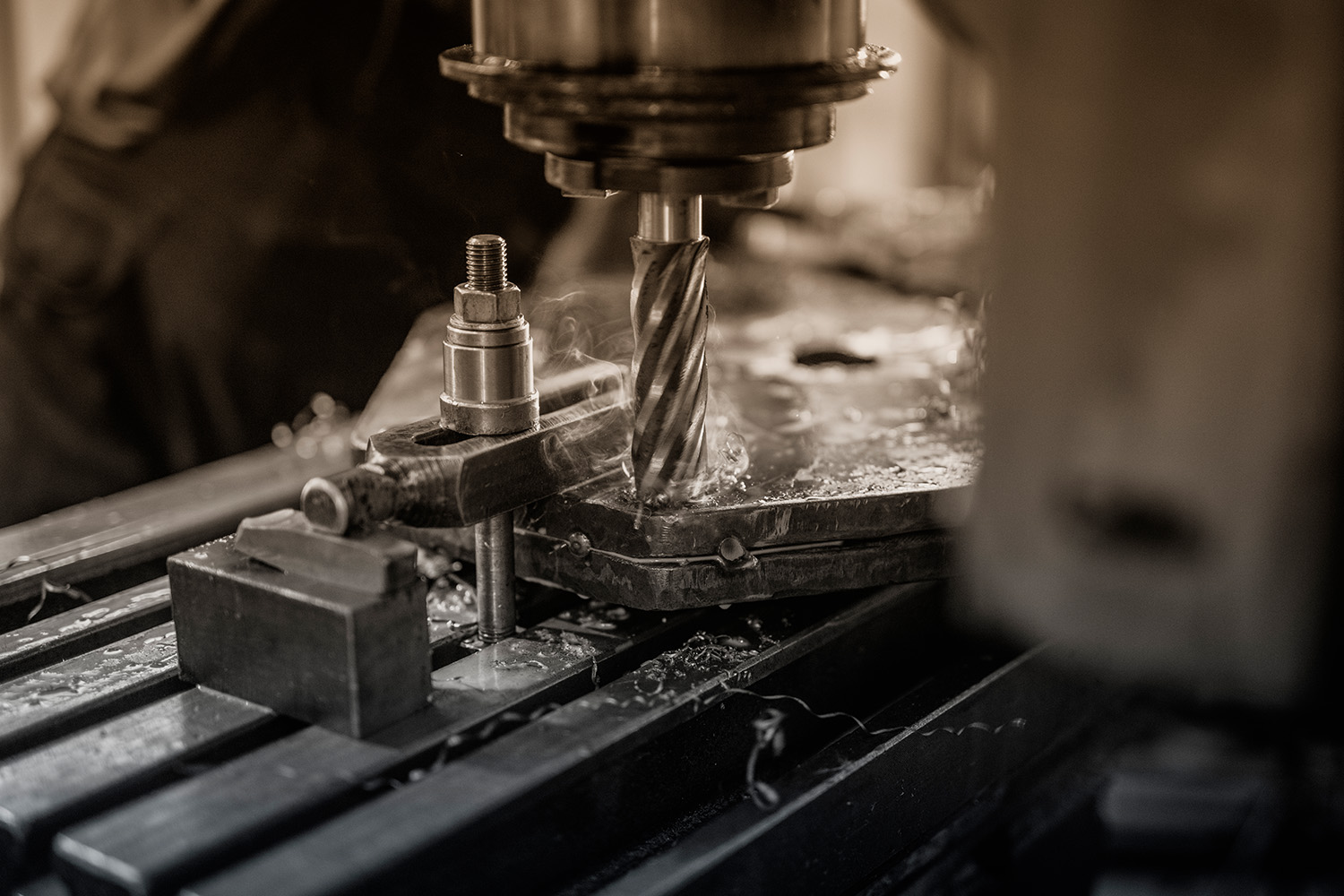How Can You Reduce Production Costs Using Second-Hand CNC Lathes?
Second-hand CNC lathes play an important role in the world of manufacturing. When used correctly, these machines can significantly reduce production costs. Thanks to their computer-controlled systems, these machines offer high precision, speed and efficiency. These features enable businesses to optimise both their time and resource consumption.
How to Reduce Production Costs?
- High Production Speed and Efficiency
Second-hand CNC lathes machines have the ability to perform automatic operations. Therefore, they work much faster than manual labour. This enables the production of more products in a shorter time. Completing production processes in a shorter time allows for more production per machine. High production speed saves on labour costs. It also increases energy efficiency.
- Reduced Human Error and Labour Costs
These machines minimise human error as they operate automatically. Eliminating the human factor reduces errors and waste that may occur during the production process.
- Reduced Material Waste
These machines operate with high precision, minimising material waste. With these machines, less waste is produced and more efficient material usage is achieved. This is a factor that directly affects production costs.
- Lower Operating and Maintenance Costs
These machines reduce operating costs in the long term by reducing regular maintenance requirements. In addition, with advances in technology, they require less maintenance. Machine maintenance times are also shorter. This saves time and additional costs.
- Automated Production Processes
These machines automate a significant portion of production processes. This means a reduction in the number of operators and faster processes. Automated production lines can operate with minimal human intervention once the machine is set up. This reduces labour costs and increases the company’s efficiency.
Conclusion
Second-hand CNC lathes machines offer speed, precision, and efficiency in production processes, significantly reducing costs. Advantages such as high production speed, reduced material waste, low maintenance requirements, and more efficient use of labour provide businesses with significant savings.
 Address
Address  Email
Email  Telephone
Telephone 
